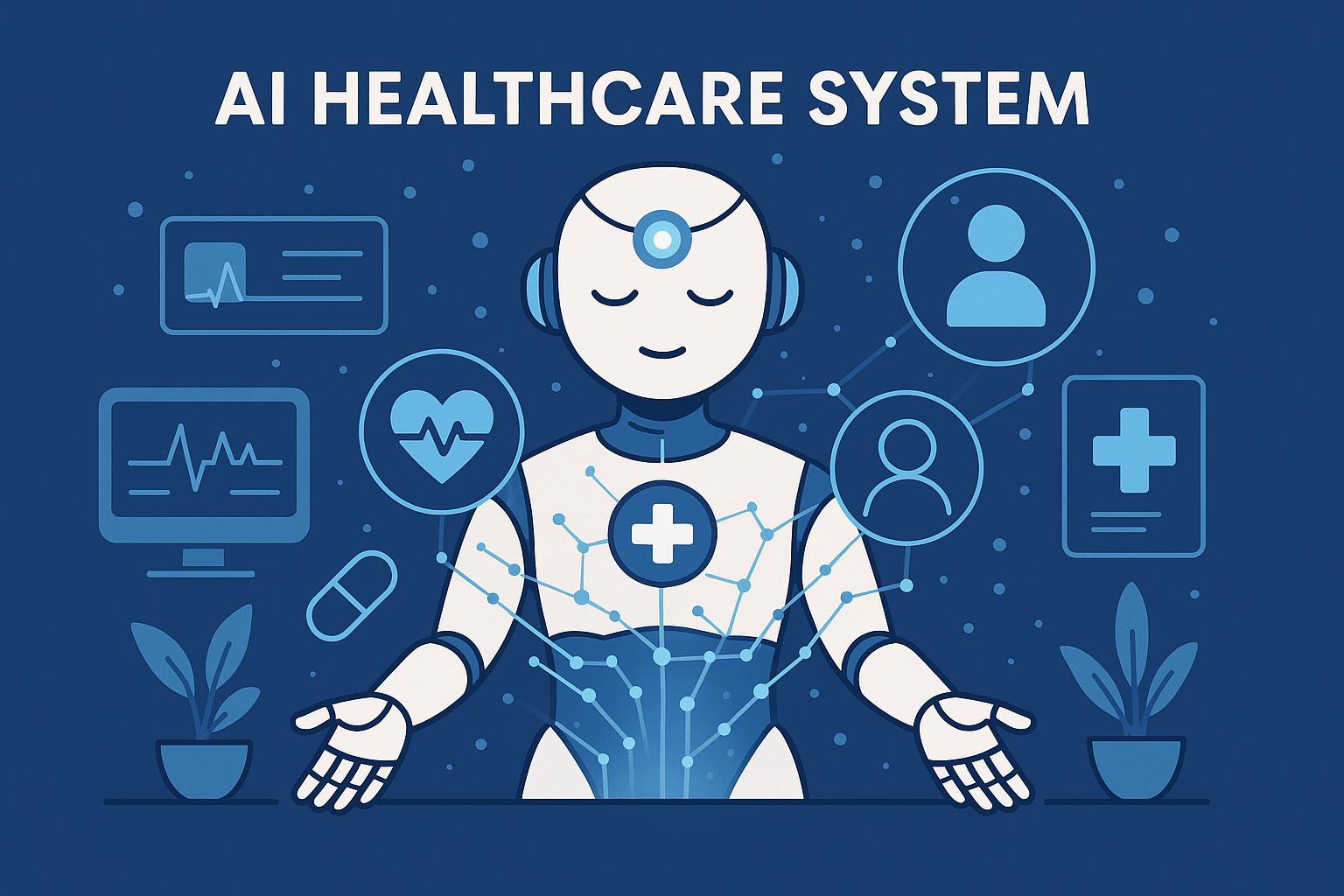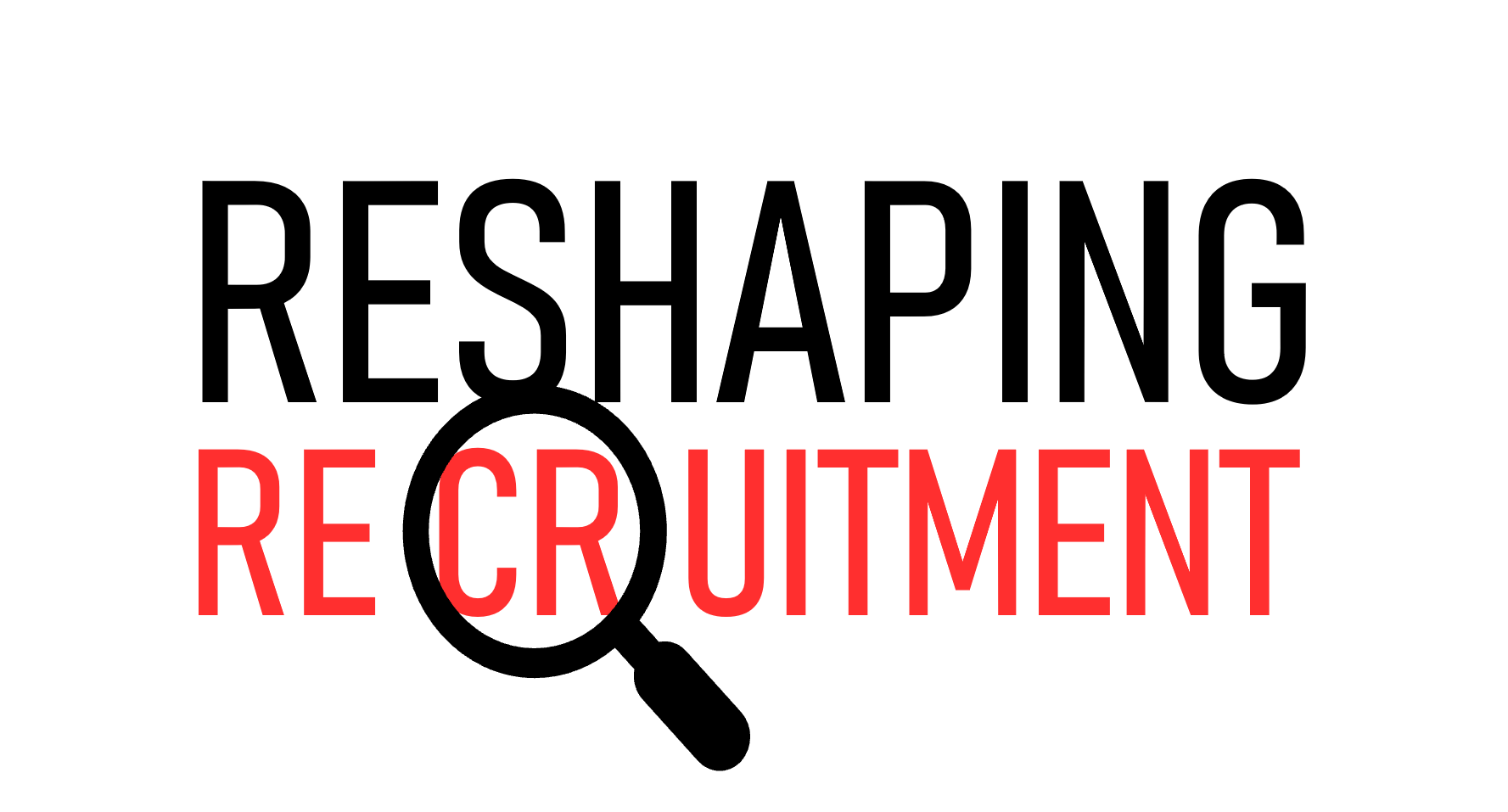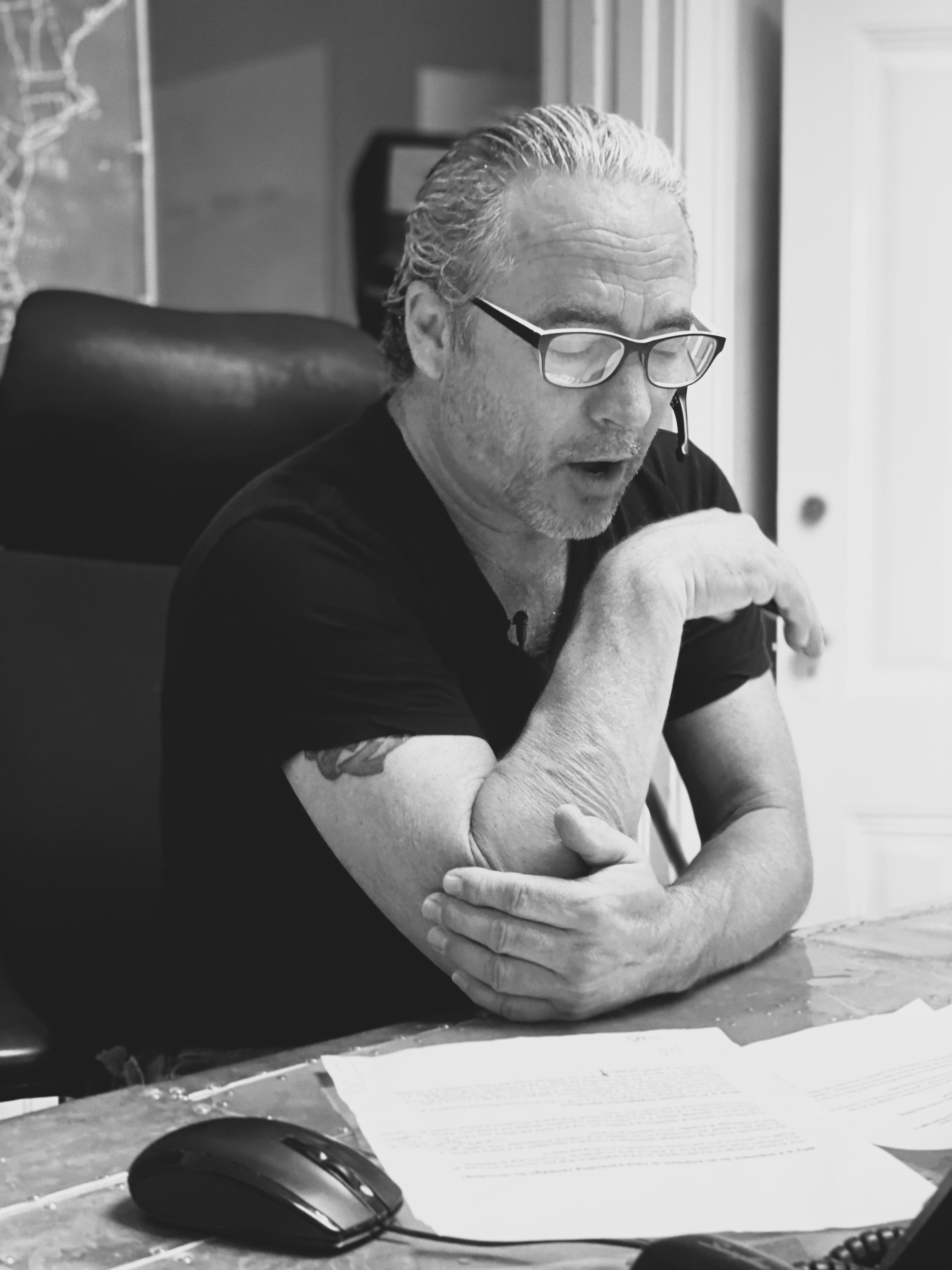
AI Solves Healthcare Talent Crisis While Keeping Humans First
AI Solves Healthcare Talent Crisis While Keeping Humans First
I've spent over two decades helping organizations find the right talent. Nothing prepared me for what I'm seeing in healthcare recruitment today. Burnout-driven exodus, crushing workloads, and a shrinking pipeline of qualified professionals have created the perfect storm. The American Hospital Association reports over 500,000 nurses will leave the profession by 2026, creating a critical shortage of 1.1 million nurses.
Is AI recruitment the answer to this talent emergency? Yes - but only if we approach it right.
The Healthcare Talent Crisis Nobody Expected
When a rural hospital director called me last year, the desperation in her voice was unmistakable. "We've lost 40% of our nursing staff in eighteen months. We're flying in travel nurses at triple the cost, and patients are waiting 12 hours for care." This scenario isn't unique.
The pandemic accelerated existing staffing challenges across healthcare. Clinician burnout reached unprecedented levels. Training programs couldn't produce graduates fast enough. And now, an aging workforce is retiring en masse.
Traditional recruitment approaches simply can't keep pace. Hospital HR teams sift through thousands of applications manually, taking weeks to fill positions that need staffing today. The cost? Patient care suffers, remaining staff burn out faster, and the cycle worsens.
Beyond the AI Hype: Real Solutions for Healthcare
The answer isn't simply "add AI and stir." Having implemented AI recruitment automation across multiple sectors, I've seen firsthand that healthcare requires a different approach - what I call the Hybrid AI Workforce model.
This isn't about replacing recruiters with algorithms. It's about creating super-employees who leverage technology to make better human decisions.
When properly implemented, AI recruiting tools in healthcare can:
Analyze thousands of applications in minutes, identifying candidates with the exact clinical credentials needed for specialized roles. One academic medical center reduced their time-to-hire for critical care nurses from 49 days to just 17 using this approach.
Predict which candidates will thrive in specific healthcare environments based on sophisticated pattern matching - without the unconscious bias that plagues human screening.
Engage candidates 24/7 through conversational AI, answering questions and maintaining connection throughout the lengthy healthcare hiring process, where candidates often accept other offers during extended credentialing periods.
The Human Element Remains Central
Nursing unions have raised legitimate concerns about AI in healthcare. They worry technology will override clinical judgment or dehumanize the profession. These concerns must be addressed directly.
I always tell healthcare clients: AI in hiring is a tool, no more and no less. The value isn't the technology itself but how you use it to amplify human capabilities.
The most successful implementations maintain what I call the "human triangle" - where the final recruitment decisions, clinical evaluations, and cultural fit assessments remain firmly in human hands. The technology handles the repetitive, data-heavy tasks that machines excel at, freeing healthcare recruiters to focus on relationship building.
One multi-state hospital system embraced this balanced approach. Their recruiters now spend 60% less time on administrative screening and 40% more time having meaningful conversations with top candidates. Their vacancy rates dropped by 22% within six months.
Data-Driven Decisions Transform Healthcare Recruitment
The healthcare organizations seeing the greatest talent acquisition improvements share one common factor: they've built data-driven recruiting engines.
By tracking and measuring every step of the candidate experience, these institutions identify precisely where qualified healthcare professionals drop out of their recruitment funnel. Is it the cumbersome application? Slow response times? Compensation discussions?
This analytical approach reveals surprising insights. One children's hospital discovered they were losing top pediatric specialists at the reference-check stage because their process took 11 days when competitors completed it in three. After streamlining this single step, their acceptance rates jumped 34%.
The Path Forward: Human-Centered AI
Healthcare faces challenges unlike any other industry. The life-and-death nature of the work, the licensure requirements, and the emotional demands create recruitment complexities that technology alone cannot solve.
The most promising approach combines AI recruiting efficiency with human empathy. Automated recruiting software handles initial screening, credential verification, and engagement, while human recruiters focus on understanding the unique motivations and concerns of healthcare professionals.
I've seen this dual approach transform healthcare recruitment from a transaction to a relationship. When candidates experience both automation in recruitment and genuine human connection, they choose those employers even in a market where they hold all the cards.
The healthcare talent shortage won't be solved overnight. But organizations that embrace the Hybrid AI Workforce model - leveraging technology while keeping humans at the center - are already seeing dramatic improvements in their ability to attract and retain the clinical talent they desperately need.
AI isn't replacing the human element in healthcare recruitment. It's enhancing it. And that makes all the difference in solving the talent emergency while keeping patient care human-centered where it matters most.

